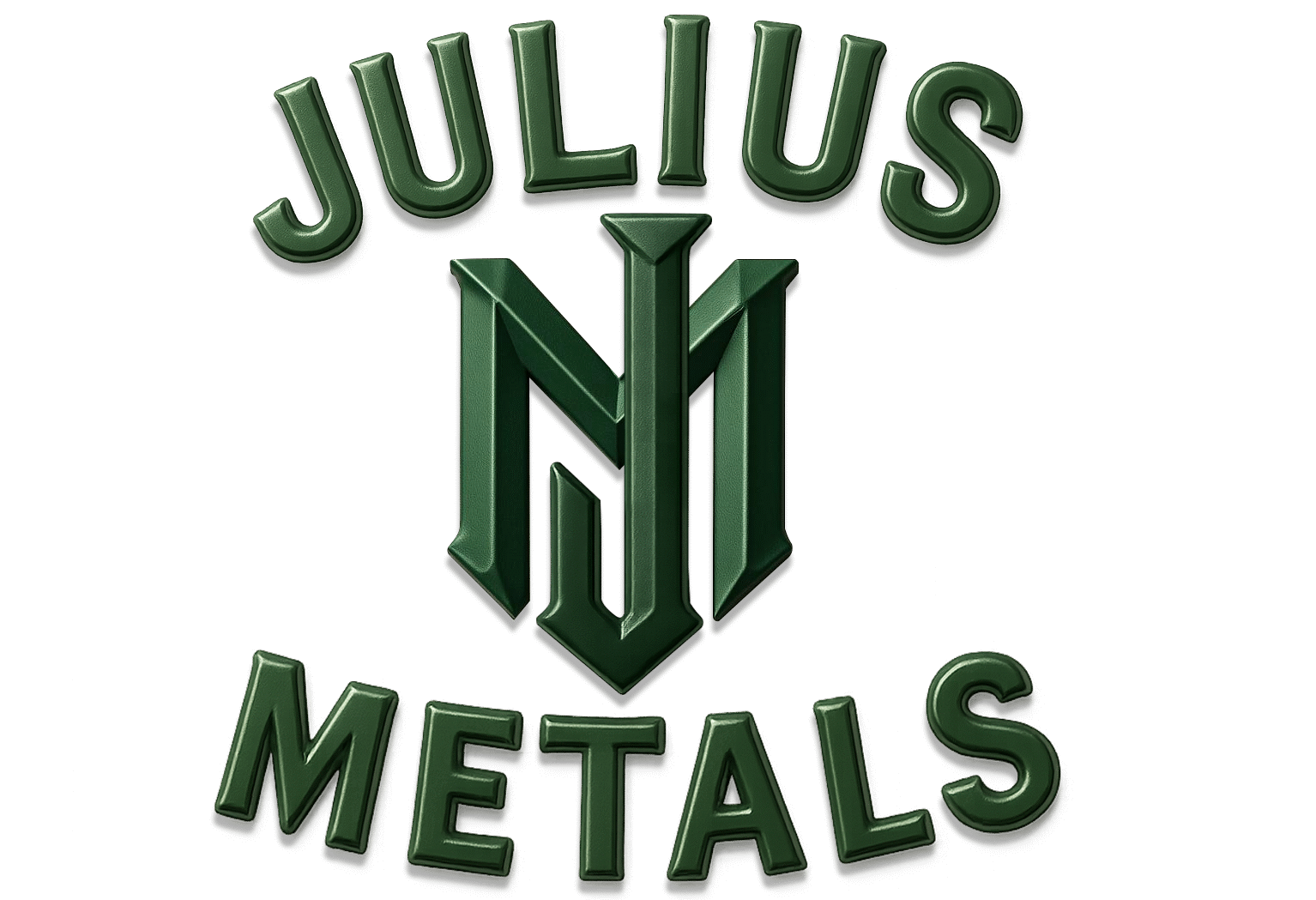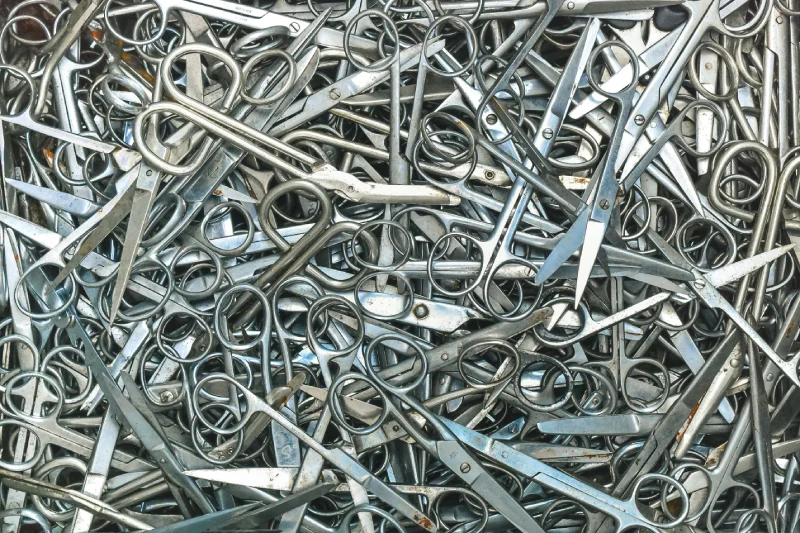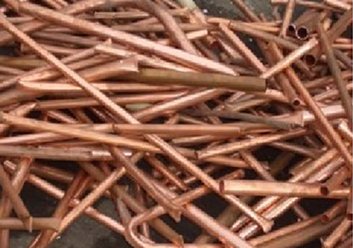Lead recycling is a critical component of sustainable materials management. Lead’s recyclability and diverse applications underscore its continued relevance in modern industry. However, due to its toxicity, proper handling and recycling are essential to mitigate environmental and health risks. Below is an overview of lead recycling statistics, types of lead, and their applications:
♻ Lead Recycling Statistics
United States
- Recycling Volume: In 2024, the U.S. produced approximately 1 million tons of secondary lead, accounting for 70% of the nation’s apparent lead consumption. Nearly all secondary lead was recovered from old scrap, predominantly from lead-acid batteries. 
- Recycling Rate: Lead-acid batteries in the U.S. boast a remarkable 99% recycling rate, making them the most recycled consumer product in the country. This closed-loop system prevents over 160 million lead batteries from entering landfills annually. 
Global
- Market Size: The global recycled lead market was valued at $15.73 billion in 2023 and is projected to reach $22.72 billion by 2033. 
- Regional Leadership: The Asia-Pacific region dominated the recycled lead market in 2023, holding the largest market share. 
🧪 Types of Lead and Their Applications
Lead is available in various forms, each tailored for specific applications:
- Pure (Soft) Lead: Highly malleable and corrosion-resistant.
- Uses: Radiation shielding, roofing materials, and cable sheathing. 
- Antimonial Lead: Alloyed with 1–25% antimony to enhance hardness.
- Uses: Battery grids, wheel weights, and radiation shielding.  
- Lead-Calcium Alloys: Contains 0.03–0.15% calcium, offering improved corrosion resistance.
- Uses: Modern lead-acid battery grids, replacing antimonial lead in some applications.  
- Arsenic Lead: Lead alloyed with arsenic to increase strength.
- Uses: Cable sheathing and ammunition. 
- Lead-Based Babbitt Metal: Bearing alloy composed of lead, tin, and antimony.
- Uses: Bearings in machinery and automotive applications. 
- Linotype Alloy: Typically 84% lead, 12% antimony, and 4% tin.
- Uses: Printing industry, bullets, and fishing jigs. 
🔧 Common Applications of Lead
Despite health concerns, lead remains integral in various sectors due to its unique properties:
- Batteries: Lead-acid batteries are widely used in vehicles, backup power systems, and renewable energy storage. 
- Radiation Shielding: Lead’s high density makes it effective in shielding against X-rays and gamma rays in medical and nuclear applications. 
- Ammunition: Used in bullets and shot due to its density and malleability.
- Construction: Employed in roofing, cladding, and soundproofing materials. 
- Alloys and Soldering: Added to other metals to improve machinability and used in soldering applications. 




